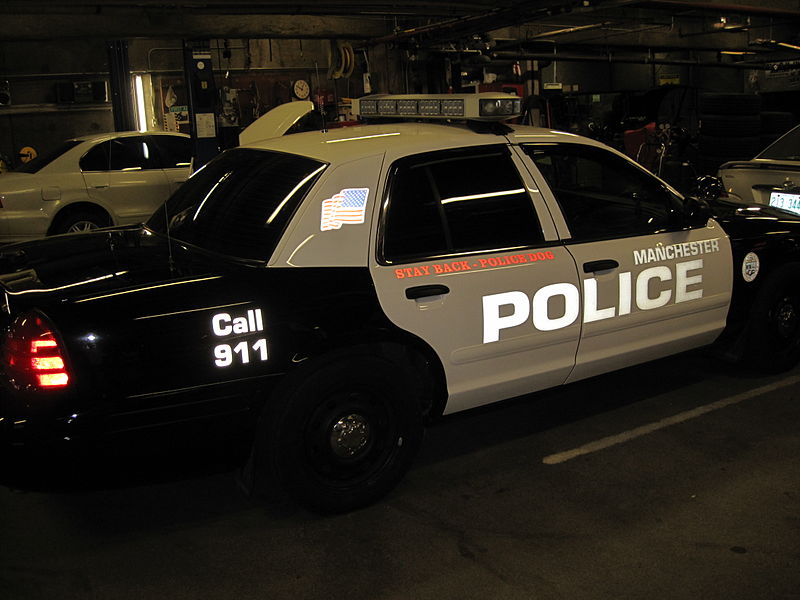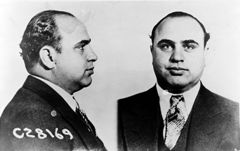Nationally, Police Get Good Marks From Citizens; Locally, We’ll Soon Find Out
 Last week, the Milwaukee Fire and Police Commission announced that it would conduct its first survey of citizen satisfaction with the police. The results should provide us with helpful new ways to evaluate the Milwaukee Police Department’s performance and identify areas in need of improvement.
Last week, the Milwaukee Fire and Police Commission announced that it would conduct its first survey of citizen satisfaction with the police. The results should provide us with helpful new ways to evaluate the Milwaukee Police Department’s performance and identify areas in need of improvement.
Unfortunately, media coverage provides a very distorted picture of police-citizen interactions. What makes the news, of course, are the incidents in which officers become violent or exhibit extreme callousness. When video is available of such incidents, as is increasingly common, the disturbing images may be repeated endlessly on TV or circulate virally on social media. Viewers may be left with the impression that such incidents are the norm. However, the vast majority of police-citizen interactions occur without anything newsworthy happening. Among other things, the Fire and Police Commission’s new survey should give us a much better sense of what happens in the more routine interactions and how those interactions affect public perceptions of the police.
Although data of this sort have not been available for Milwaukee specifically, the U.S. Bureau of Justice Statistics did sponsor a national survey in 2011 regarding police-citizens interactions. The results, released in two reports earlier this fall, indicate a remarkably high level of citizen satisfaction, even among the minority groups who seem to bear the brunt of the high-profile incidents of police misconduct.

 Some of the very earliest photographs from the late 1830s are of alleged and/or convicted criminals, and law enforcement officials used photographs of criminals in Belgium as early as the 1840s to track down wrong-doers. In Paris, a clerk in the Prefecture of Police Office originated the “mug shot” as we usually imagine it — two shots side by side, with one shot being a frontal shot and the other being a profile.
Some of the very earliest photographs from the late 1830s are of alleged and/or convicted criminals, and law enforcement officials used photographs of criminals in Belgium as early as the 1840s to track down wrong-doers. In Paris, a clerk in the Prefecture of Police Office originated the “mug shot” as we usually imagine it — two shots side by side, with one shot being a frontal shot and the other being a profile.